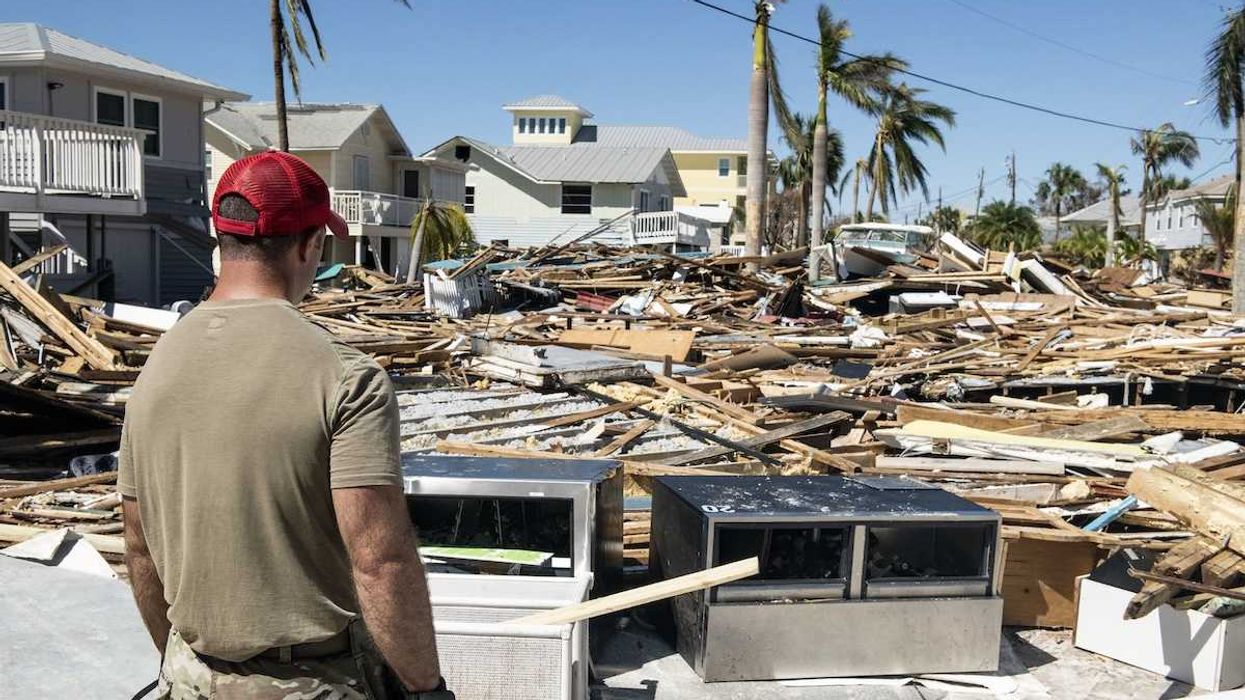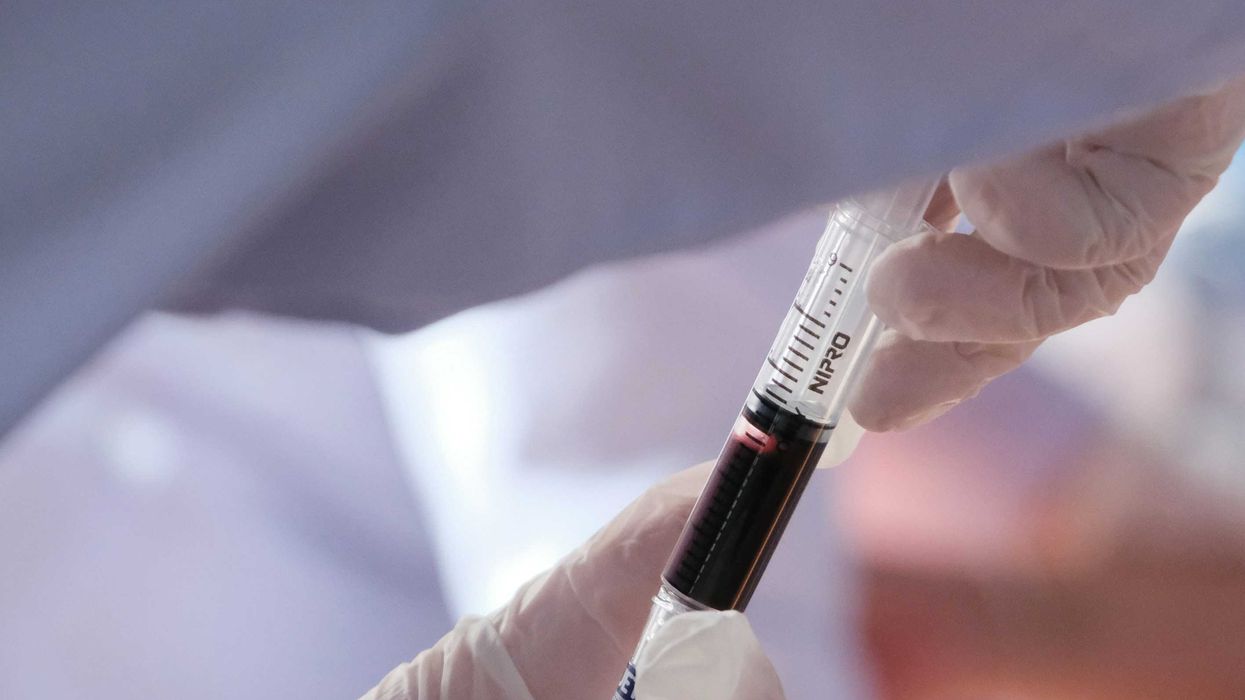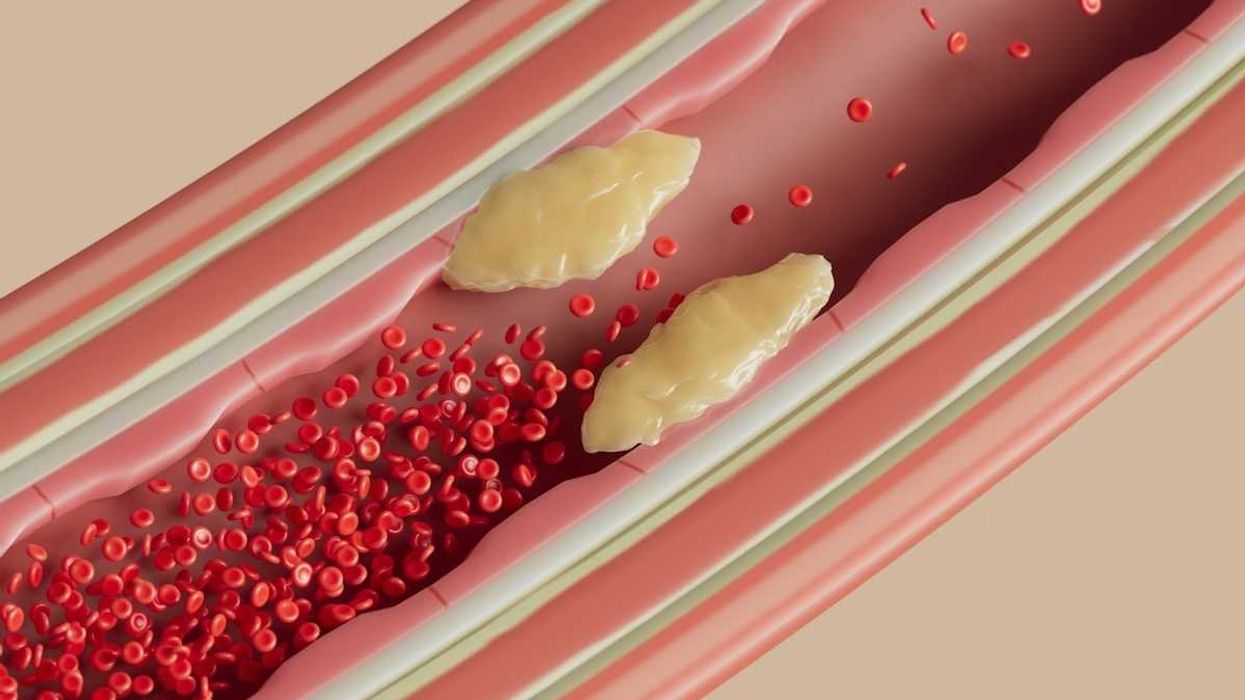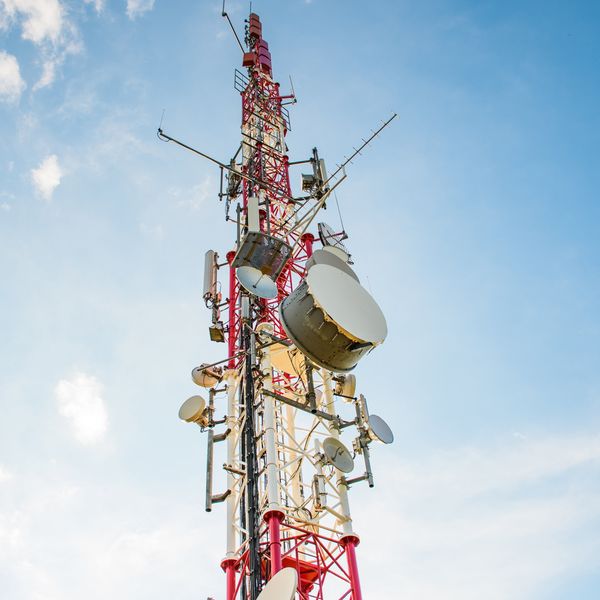A recent review published in Frontiers in Public Health analyzing more than 500 studies found that a substantial body of scientific research has reported genetic damage from wireless radiation exposure in both humans and animals.
In short:
- Over half of the studies showing DNA damage found impacts at wireless exposure levels below the safety limits of most countries.
- Sensitivity to genetic damage varied by cell type, with reproductive cells (testicular, sperm, and ovarian) and brain cells appearing especially vulnerable.
- Studies suggest that oxidative stress and free radical production may be among the key pathways through which wireless radiation impacts DNA.
Key quote:
“Over half of the studies reporting DNA damage used exposures below the current ICNIRP safety limits, suggesting that the thresholds used in current standards may not adequately protect against long-term or non-thermal biological effects. This raises broader public health questions that deserve open discussion.”
Why this matters:
Wireless radiation has long been regarded as incapable of damaging DNA because it is a non-ionizing type of electromagnetic (EMF) radiation (as opposed to ionizing forms of radiation such as x-rays and nuclear radiation). However, this analysis documents a substantial body of research reporting that wireless radiation exposure can lead to genetic impacts, despite its non-ionizing nature.
Previous reviews have found that non-ionizing EMF can alter genes in ways consistent with genetic damage.
Genetic damage is a well-established trigger for cancer development. Multiple studies have linked wireless radiation exposure to an increased risk for tumors, including glioblastoma brain cancer, acoustic neuromas, thyroid cancer, and prostate cancer. Current U.S. regulations for wireless radiation remain outdated — unchanged since 1996 — and are only set to protect against overheating, not genetic or other health effects.
The authors of this study recommend the adoption of a precautionary approach for wireless technologies, including designing devices with lower wireless radiation and antennas that direct emissions away from the body.
Newsletter on Wireless and EMF
Related EHN coverage:
- Sperm DNA is damaged by phthalates, electromagnetic radiation, and other environmental hazards, study finds
- Laptop use in classrooms increases children’s exposure to wireless radiation, study finds
- 5G wireless radiation linked to altered brain waves during sleep
More resources:
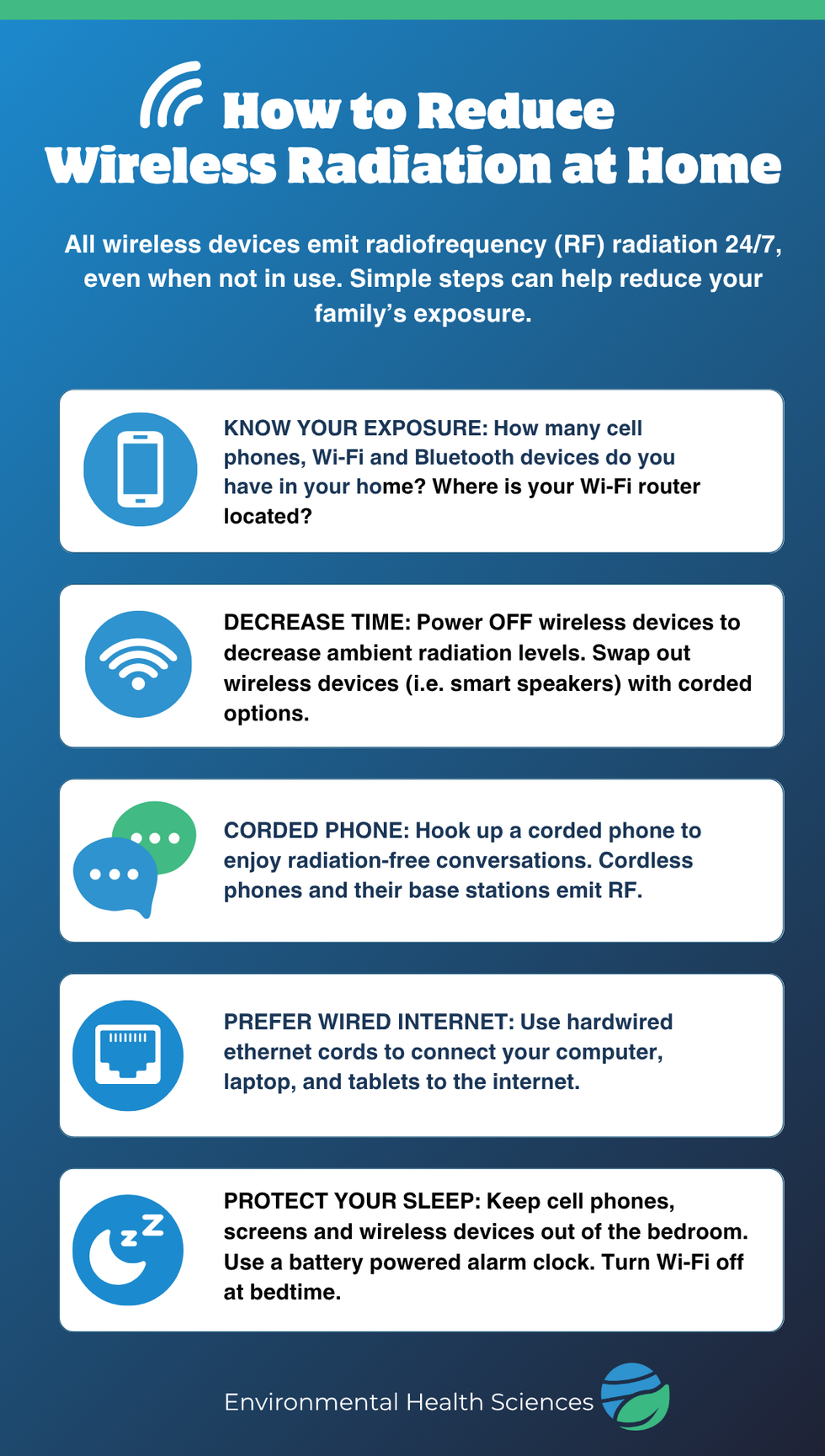
- Doctors and Scientists on Cell Phone Radiation
- WATCH: Dr. Linda Birnbaum on the science of wireless radiation health effects
Weller, Steven et al. for Frontiers in Public Health vol. 13. July 29, 2025
- Decades of DNA in the ocean depths could help track fish populations ›
- Which affects health more – DNA code or ZIP code? ›
- Plastic additive linked to excessive reproductive abnormalities ›







